What I thought was BS turns out 2 be sawflies, don't I feel silly
KnoxRose z7
9 years ago
Related Stories
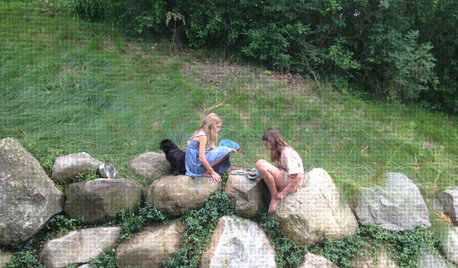
LIFETurn Off the Video Games and Turn On Your Kid's Creativity
Going nuts planning summer activities? Kids overdosing on screen time? It may be time to foster more self-directed play
Full Story
FUN HOUZZIn Praise of Silliness
These 16 distinctive spaces are seriously fun. See if any encourage your inner child to break free
Full Story
HOME TECHComing Soon: Turn Your Kitchen Counter Into a Touch Screen
Discover how touch projection technology might turn your tables and countertops into iPad-like devices — and sooner than you think
Full Story
REMODELING GUIDESAsk an Architect: How Can I Carve Out a New Room Without Adding On?
When it comes to creating extra room, a mezzanine or loft level can be your best friend
Full Story
LIFESlow Living 101: Tips for Turning Off the Chaos
It may feel as though you're too busy to slow down and enjoy life. But even little changes can have a big effect
Full Story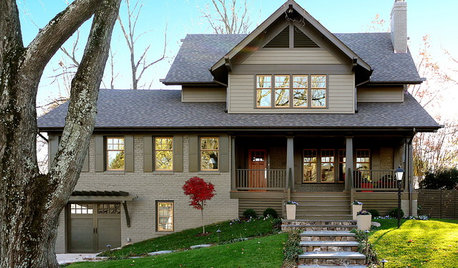
REMODELING GUIDESHouzz Tour: Turning a ’50s Ranch Into a Craftsman Bungalow
With a new second story and remodeled rooms, this Maryland home has plenty of space for family and friends
Full Story
HOUZZ TOURSMy Houzz: Turning a Netherlands Barn Into a Country Home
Once a place for chilling milk, this Dutch home now lets the owners chill out in easygoing comfort
Full Story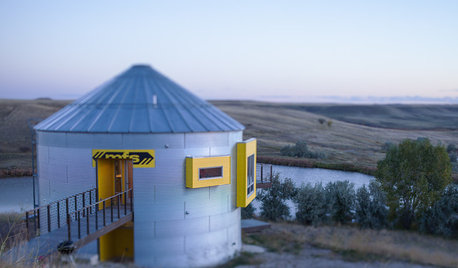
HOUZZ TOURSHouzz Tour: Prairie Grain Bin Turned Bucolic Retirement Home
An agrarian structure and a big dream combine in this one-of-a-kind home that celebrates 250 acres of Montana grasslands
Full Story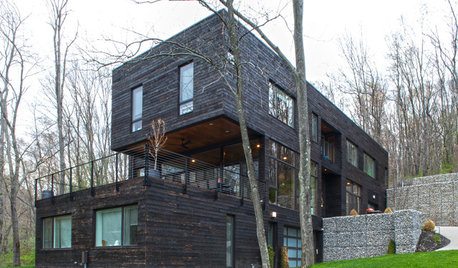
HOUZZ TOURSMy Houzz: Modernism Takes a Natural Turn in Pennsylvania
Generous wood throughout and woodsy sights outdoors soften and warm this home’s modern lines
Full Story
FUN HOUZZEverything I Need to Know About Decorating I Learned from Downton Abbey
Mind your manors with these 10 decorating tips from the PBS series, returning on January 5
Full StoryMore Discussions







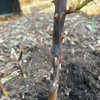
cold_weather_is_evil
michaelg
Related Professionals
Windham Landscape Architects & Landscape Designers · Maple Valley Landscape Architects & Landscape Designers · Wrentham Landscape Architects & Landscape Designers · Forest Park Landscape Architects & Landscape Designers · Lakewood Landscape Architects & Landscape Designers · Saint Charles Landscape Architects & Landscape Designers · Anderson Landscape Contractors · Clermont Landscape Contractors · Peabody Landscape Contractors · Bainbridge Island Landscape Contractors · Eagle Landscape Contractors · El Reno Landscape Contractors · Englewood Landscape Contractors · Salem Landscape Contractors · Westchester Landscape ContractorsKnoxRose z7Original Author
jim1961 / Central Pennsylvania / Zone 6
toolbelt68
jim1961 / Central Pennsylvania / Zone 6
dublinbay z6 (KS)
michaelg
jim1961 / Central Pennsylvania / Zone 6
KnoxRose z7Original Author
michaelg
KnoxRose z7Original Author
michaelg